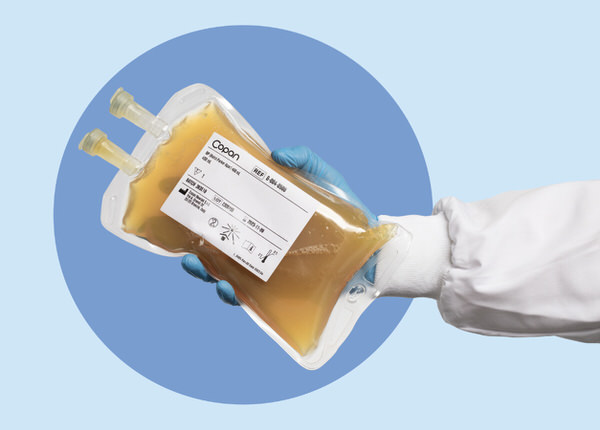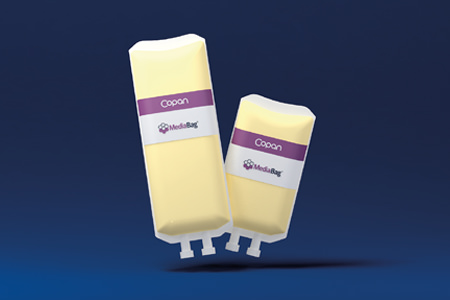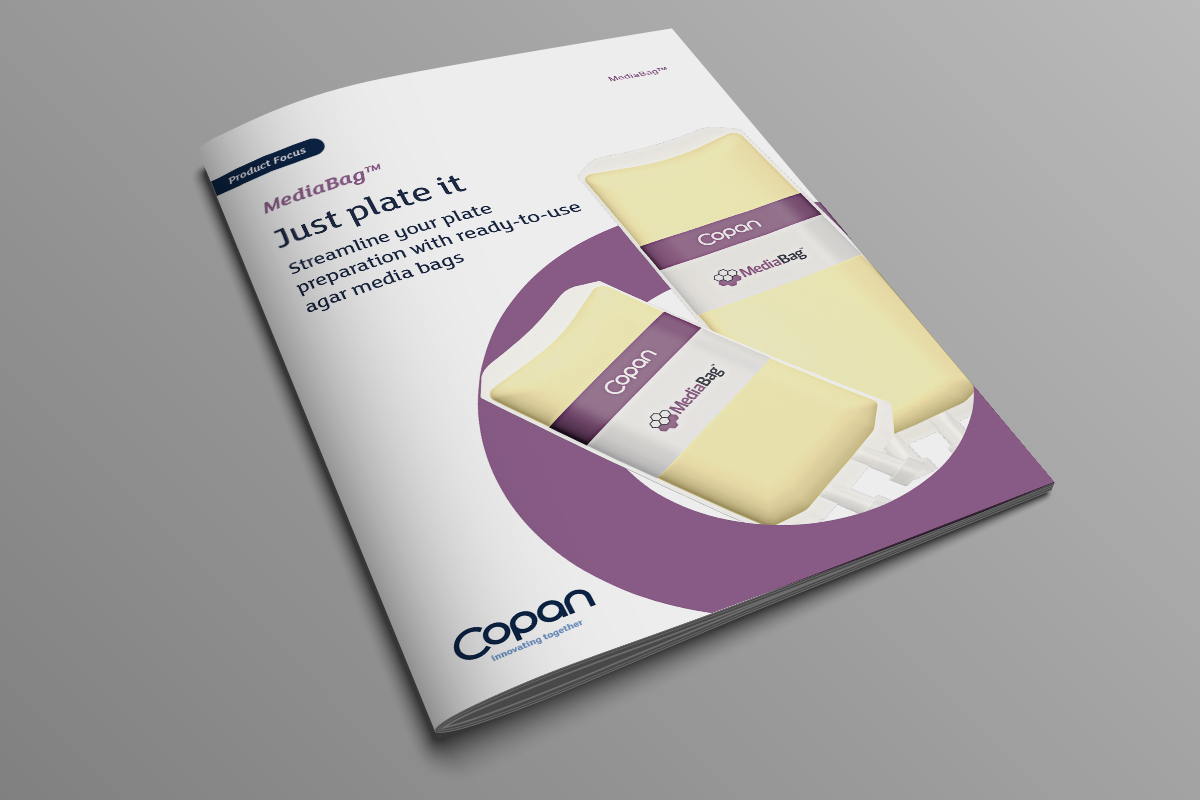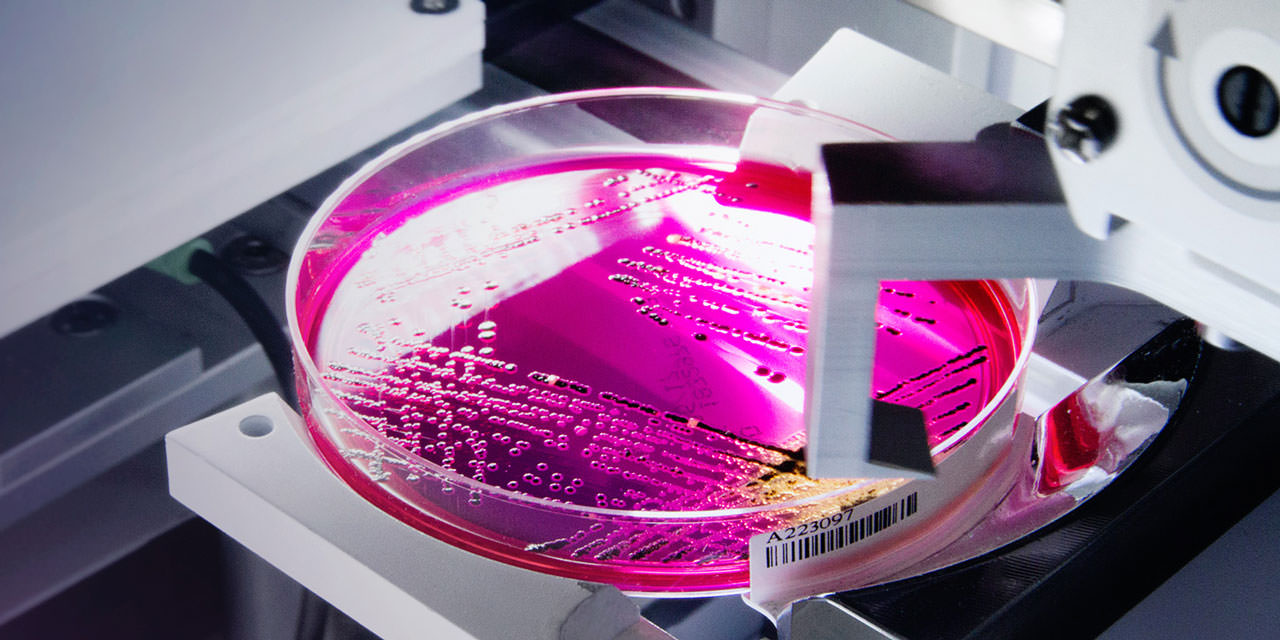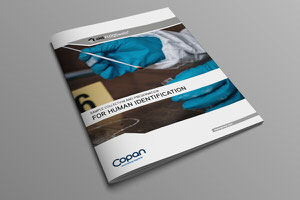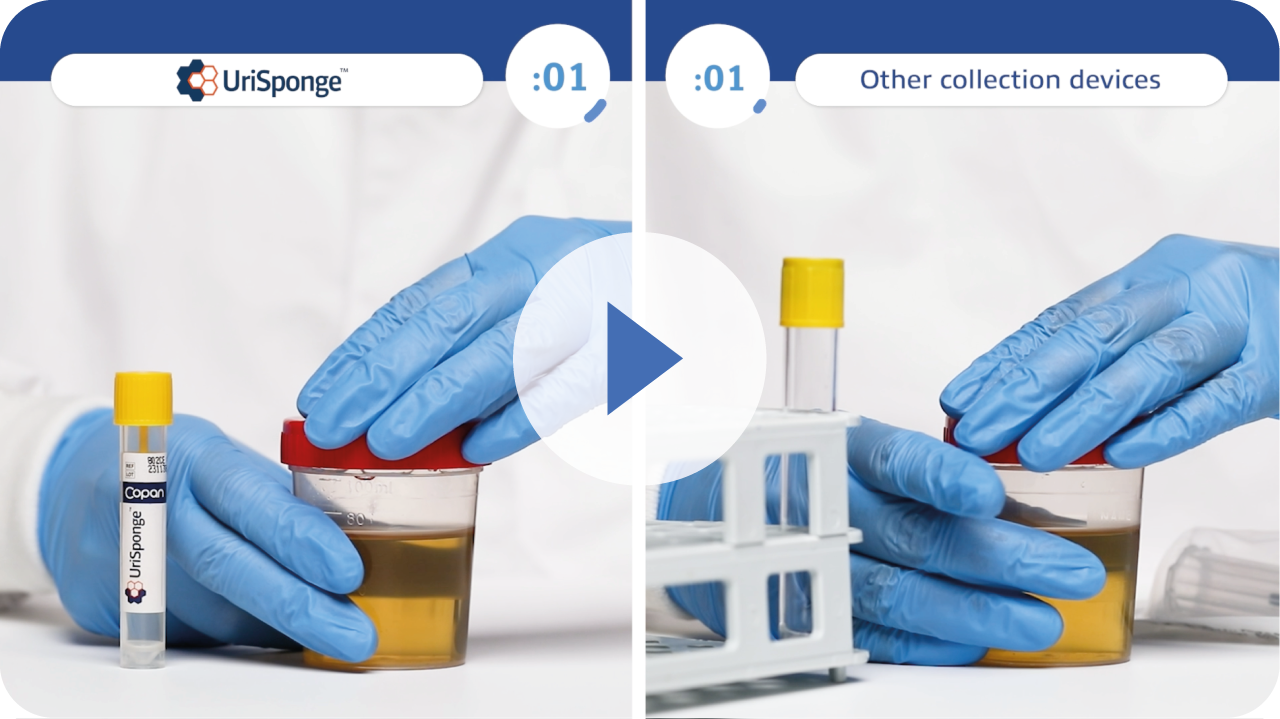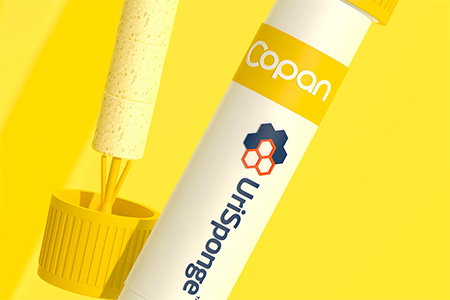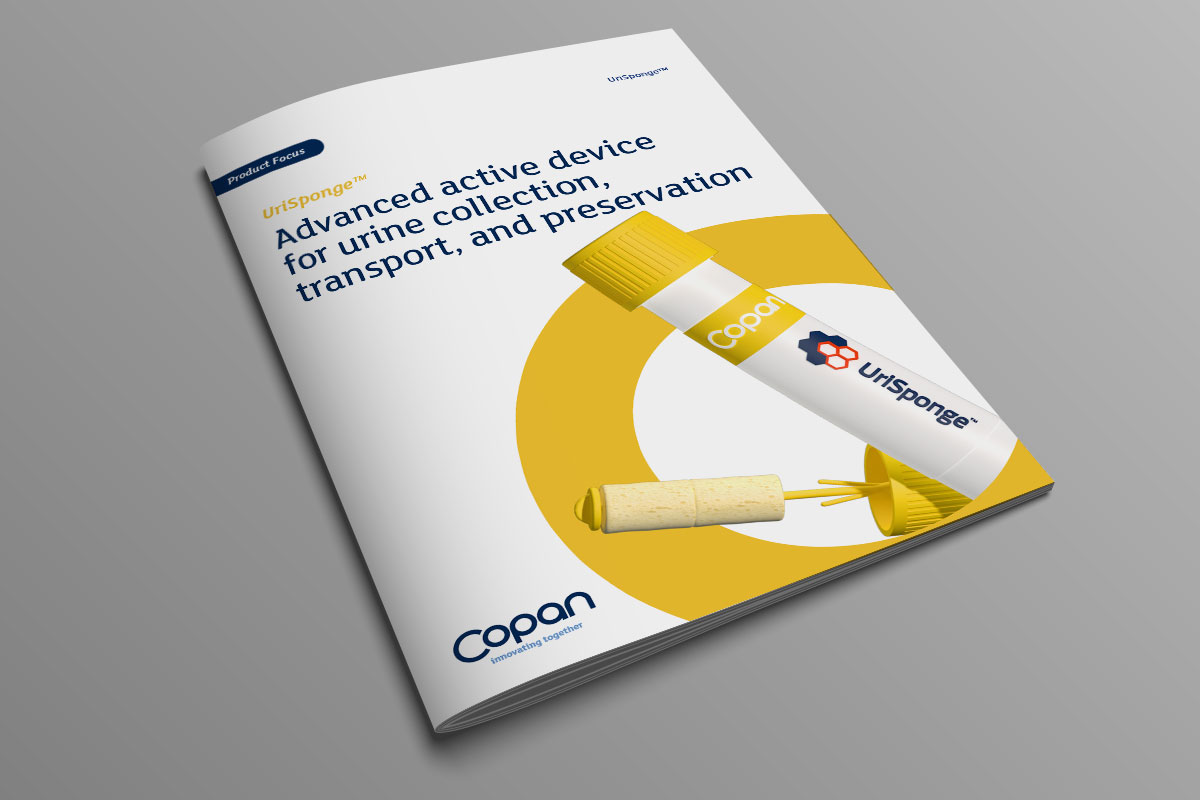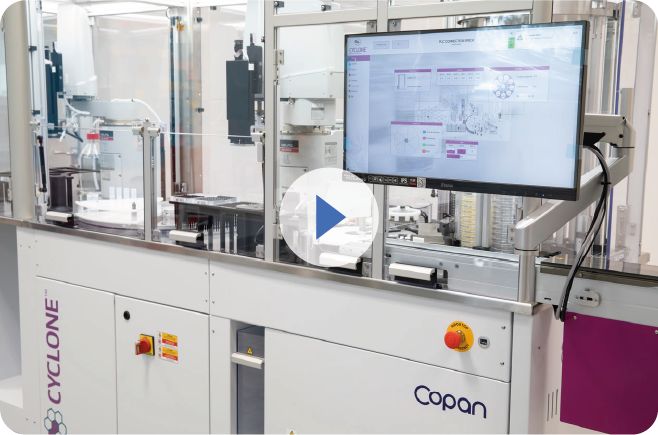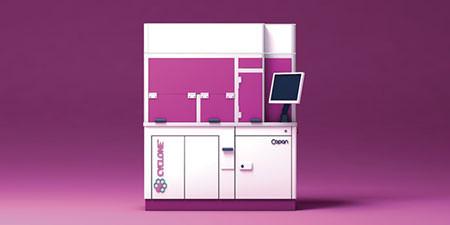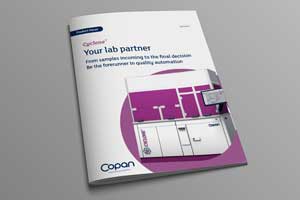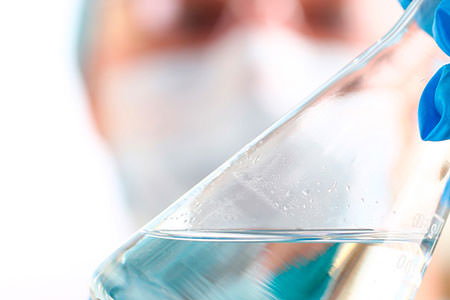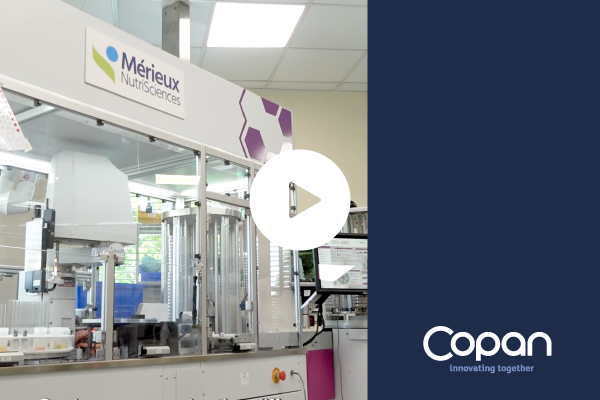Microbiology Time
Here are the three papers of this year’s last edition of the Microbiology Time:
- In the first paper, the Belgian researchers isolated a novel strain of Lactobacillus, named AMBV1719T, from a healthy participant’s vagina enrolled in the “Isala” female microbiome project. While its 16S rRNA gene resulted closely related to Lactobacillus taiwanensis, genome-wide comparison using Average Nucleotide Identity (ANI) revealed a distinct species with the highest ANI to Lactobacillus paragasseri. Moreover, AMBV1719T shows limited carbon source degradation compared to Lactobacillus gasseri, suggesting its adaptation to the host environment. The researchers finally suggested for this new strain, the name Lactobacillus isalae sp. nov.
- Campylobacter jejuni is a major cause of global bacterial gastroenteritis. While systemic C. jejuni infections are uncommon, osteomyelitis from the bacterium is extremely rare, with no previous reports of spinal bone biopsy cultivation. At Aalborg University Hospital, a 79-year-old male presented lower back pain, fever, and diarrhea. A FecalSwab obtained upon admission was PCR-positive for Campylobacter spp, and C. jejuni was cultured from an aerobic blood culture bottle. MRI revealed osteomyelitis at L1/L2 with an epidural abscess. Spinal surgery and targeted antibiotic treatment led to a swift recovery. The Danish clinicians indicate C. jejuni as a potential cause of vertebral osteomyelitis, especially with diarrheal symptoms. Susceptibility testing is vital due to emerging resistance, guiding effective treatment strategies.
- In this study, Elena Fontana et al. evaluated TDP-43 protein seeding activity and aggregate detection in the olfactory mucosa of individuals with frontotemporal lobar degeneration with TDP-43-immunoreactive pathology (FTLD-TDP). The Italian researchers optimized a novel TDP-43 seeding amplification assay with frontal cortex samples from 16 post-mortem cases. The assay exhibited 100% accuracy in discriminating cases with or without TDP-43 neuropathology. Olfactory mucosa samples from 17 FTLD-TDP patients and controls revealed detectable TDP-43 seeding activity in 82.4% of FTLD-TDP cases, suggesting the potential utility of TDP43-SAA in identifying and monitoring FTLD-TDP in living patients.
Read the full studies:










